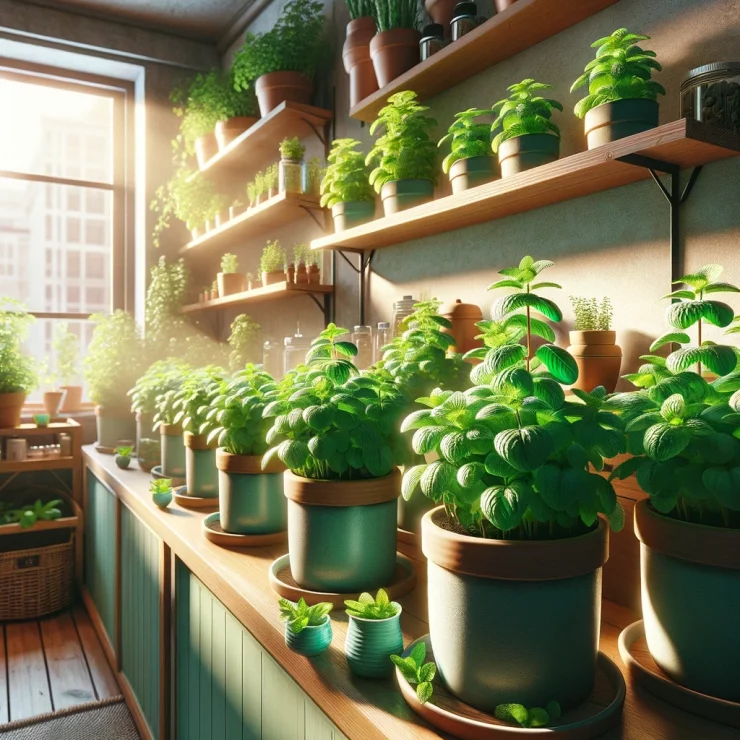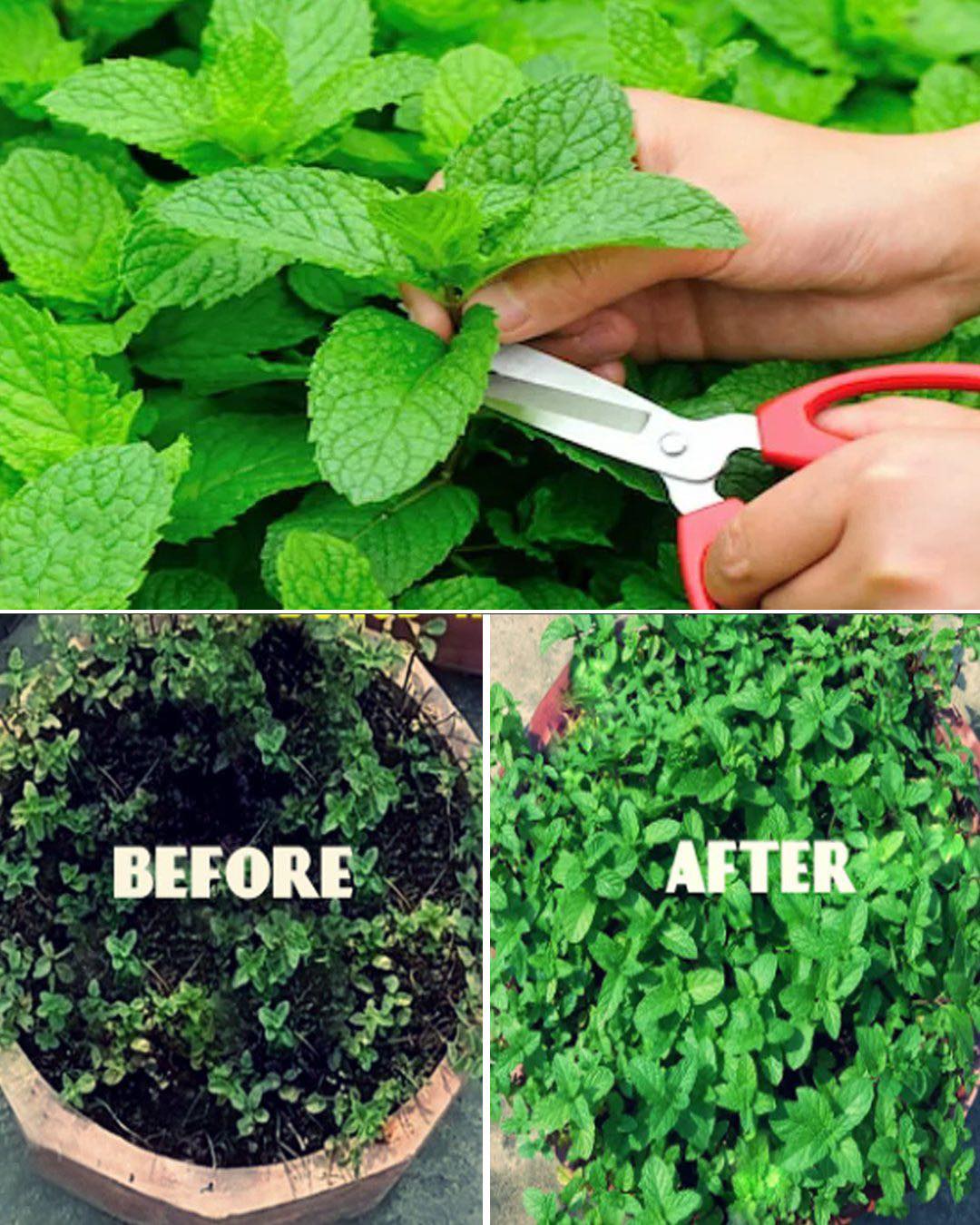Growing mint indoors can be a rewarding experience, offering a fresh supply of this versatile herb year-round. However, while mint is generally easy to cultivate, there are common mistakes that can hinder its growth and health. To help you succeed, here are five mistakes to avoid when growing your own mint indoors.

1.Overwatering
Overwatering is one of the most common mistakes indoor gardeners make. Mint prefers consistently moist soil, but it does not like to be waterlogged. Overwatering can lead to root rot and other fungal issues.Ensure your pot has adequate drainage holes to allow excess water to escape. Use a saucer to catch any overflow and empty it regularly.
2.Insufficient Light
Mint requires plenty of light to grow vigorously. Insufficient light can cause leggy growth and weak plants.
Place your mint plants in a south-facing window where they can receive at least 4-6 hours of direct sunlight daily.
3.Using the Wrong Soil
Using heavy or poorly draining soil can suffocate the roots and inhibit growth. Mint needs well-draining soil that retains some moisture without becoming waterlogged.
Use a high-quality potting mix that is light and well-draining. You can also add perlite or sand to improve drainage.Do not use garden soil, as it can be too dense and may contain pests or diseases.

4.Neglecting Pruning
Failing to prune mint regularly can lead to leggy growth and reduced vitality. Mint grows quickly and benefits from regular trimming to promote bushy, healthy growth.
Trim the tops of the stems every few weeks to encourage branching. Remove any dead or yellowing leaves to keep the plant healthy.
5.Ignoring Pests and Diseases
Even indoors, mint can fall prey to pests such as aphids and spider mites, as well as fungal diseases. Ignoring these issues can quickly lead to declining plant health.
Check your plants regularly for signs of pests or disease. Look under leaves and along stems for any unusual spots or insects.
Growing mint indoors can be straightforward if you avoid these common mistakes. By ensuring proper watering, providing sufficient light, using the right soil, pruning regularly, and monitoring for pests and diseases, you can enjoy a thriving indoor mint garden. With a bit of attention and care, your mint plants will reward you with abundant, fresh leaves for culinary and medicinal uses throughout the year.
News
Jimmy Butler saga takes another twist with superstar’s surprising announcement
The Jimmy Butler trade saga could be over. Or the drama might be in its second-act lull. Who really knows for sure? On Friday, the star forward released a simple, two-word statement through his agent, Bernie Lee, announcing his return to the Miami…
NBA’s Top 10 Plays of the Night | January 17, 2025
The NBA’s Top 10 Plays of the Night for January 17, 2025, showcased an array of jaw-dropping moments that left fans in awe and highlighted the incredible talent across the league. From thunderous dunks to clutch three-pointers, the night was…
2025 NBA Rivals Week
The NBA’s 2025 Rivals Week is set to be one of the most exciting and highly anticipated events of the season, bringing together some of the league’s most storied rivalries for a week of intense competition and unforgettable moments. As…
Anthony Edwards TAKES OVER In New York – 36 Points!
Anthony Edwards put on a show in New York, scoring a game-high 36 points in a performance that showcased his growing potential as a star in the NBA. The Minnesota Timberwolves’ young guard took over the game against the New…
Giannis Antetokounmpo’s 35-PT DOUBLE-DOUBLE vs Raptors!
Giannis Antetokounmpo delivered a dominant performance against the Toronto Raptors, scoring 35 points and grabbing 12 rebounds for a double-double in a game that showcased his MVP-caliber play. The Milwaukee Bucks’ star forward was unstoppable on both ends of the…
Jamal Murray (30 PTS) & Nikola Jokić (TRIPLE-DOUBLE) vs Heat
Jamal Murray and Nikola Jokić put on a masterclass performance against the Miami Heat, with Murray scoring 30 points and Jokić recording a triple-double in a game that showcased the Denver Nuggets’ dynamic duo. The matchup was a testament to…
End of content
No more pages to load











